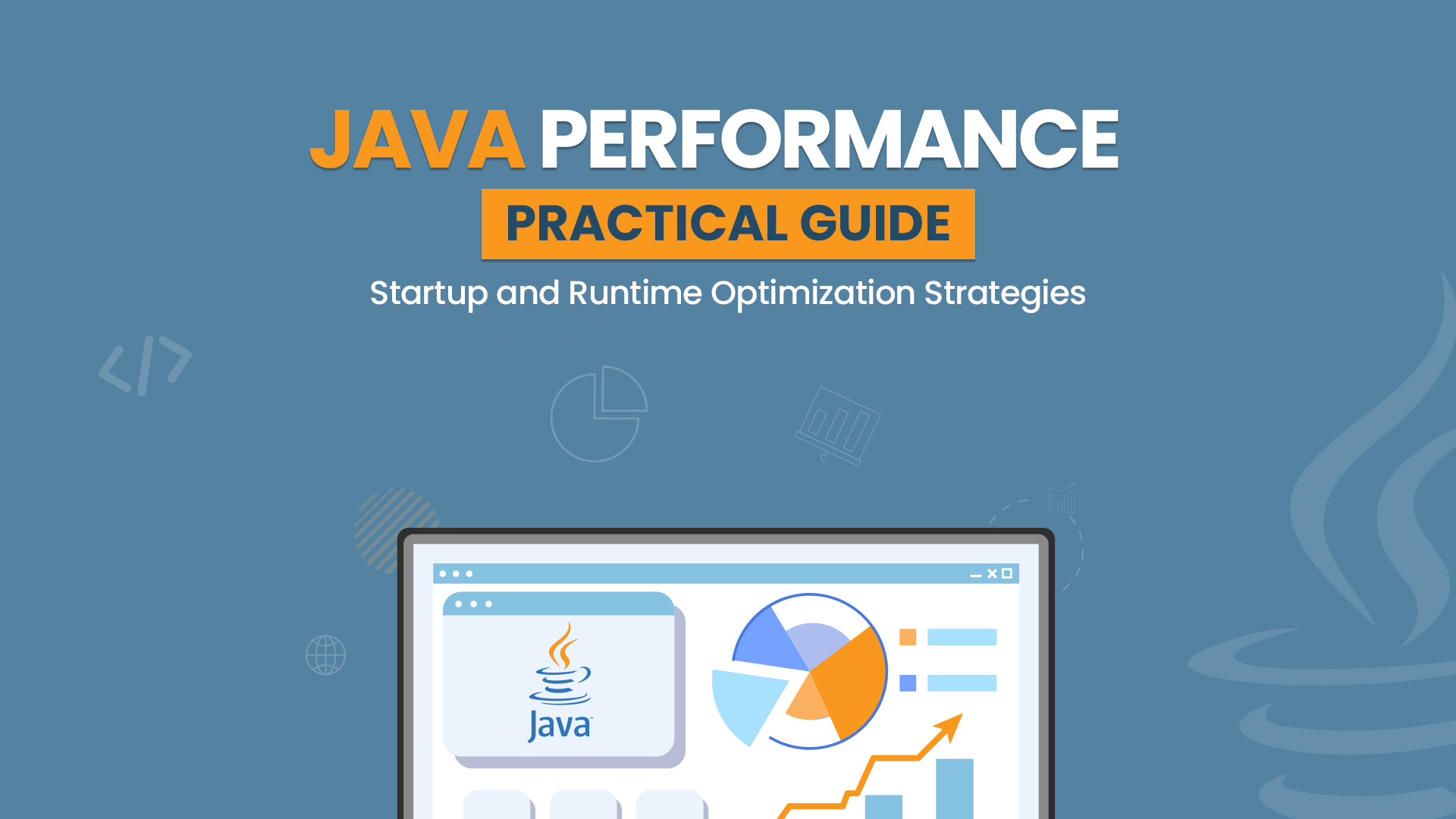Are you new to ecommerce or digital marketing?
You’ve probably come across the term “search engine optimization” (SEO). In a world where online traffic is largely driven by what users type into a search box, mastering SEO can make or break your ecommerce venture.
SEO involves various strategies, but at its core, it’s about helping search engines like Google understand your ecommerce site and its offerings. The better they comprehend your content, the more likely they are to showcase your site in search results when potential customers search for products like yours.
At the heart of SEO lies keyword research – a fundamental tactic. Simply put, SEO keyword research involves grasping the language your potential customers use to discover products similar to yours and aligning your website and marketing language accordingly.
This article breaks down the basics of keyword research for ecommerce, aiming to simplify the process. The end goal is to create a pertinent list of keywords that you can regularly consult. These keywords will guide you as you construct and optimize your site, write compelling product descriptions, and craft engaging blog posts.
The Significance of Keyword Research in Ecommerce Optimization
When someone initiates a search, the search engine faces the challenge of selecting a handful of results from a vast pool of potential pages. The algorithms behind these search engines play a crucial role in determining the most fitting and relevant matches for each query. This underscores the importance of meticulously choosing your keywords. The goal is to enable search engines to align your site with the most pertinent keyword searches and display it prominently in the search results.
Securing a place on the first page of a search engine results page is not enough; achieving a high ranking on that page is equally crucial. Therefore, investing time in keyword research is important and it serves several critical purposes:
Gain insights into search demand to formulate an effective SEO strategy.
Develop a list of phrases that align with your marketing goals.
Prioritize keywords with high ROI potential for optimal results.
Identify and address gaps in your store’s keyword coverage.
Keyword Research for Online Stores
Before diving into keyword research for your ecommerce business, it’s essential to grasp a few fundamental terms that play a crucial role in optimizing your online presence.
Keywords
In search engine optimization (SEO), a keyword is a specific word or phrase that summarizes the content of a web page or site. These keywords, included in a webpage’s metadata, help search engines connect a page to relevant search queries.
Long-Tail Keywords
Long-tail keywords consist of three or more words. These are particularly important as they target users further along in the purchasing process, often resulting in higher conversion rates. For instance, someone searching for “home gardening tips” may be in the early information-gathering stage, while a search for “best deals on organic fertilizer for home garden” indicates a higher purchase intent.
Search Intent Categories
SEO categorizes keywords into three main intents:
Navigational: When users seek a specific website.
Informational: When users want to know or do something, like finding a homemade recipe.
Transactional: When users are ready to make a purchase.
Search Volume
Search volume is measured in average monthly searches, representing the total monthly searches for a specific keyword. Ideally, you want to target keywords with higher search volumes. Higher rankings for such terms mean increased potential for traffic and conversions.
However, there’s no universal “perfect” search volume. What’s considered the right search volume varies for each website. Understanding your specific context and goals is crucial.
Competition
While search volume is crucial, so is competition. Attempting to rank for highly competitive keywords without a realistic chance of success is counterproductive. Balancing high search volume with low competition is the ideal strategy, although it may require effort, patience, and a bit of luck to find these optimal keywords.
Keywords for Your Ecommerce SEO
Building a strong ecommerce SEO strategy begins with a keen understanding of keywords. Let’s navigate through the steps to identify your keyword universe, uncover niche keywords for a competitive edge, establish an effective keyword research process, and craft a content strategy that sets you apart.
1. Identifying Keywords
When starting out, there’s a distinction between new businesses and those already established. Let’s focus on the scenario where you’re launching a fresh website.
For existing businesses, you probably have a wealth of data to draw from to guide your research. However, if you’re new to the scene, you’ll need to rely on analyzing your competitors.
The recommended approach is to identify key players in your industry that aren’t major brands like Amazon or Walmart. While it’s wise to steer clear of giant retailers, don’t overlook authoritative informational sites such as Wikipedia or Quora. These platforms can offer valuable insights into relevant keywords and topics.
You can start your research using SEO tools like Ahrefs, Moz, Semrush, or Google Keyword Planner. In this example, we’ll utilize Google Keyword Planner. Suppose you’re in a sustainable fashion brand, and Thought Clothing is your main competitor. Input their website URL into Google Keyword Planner to access a list of organic keywords they rank for.

Now, open a Google Sheet and start jotting down the keywords you aim to rank for. This process lays the foundation for building your comprehensive keyword universe.
2. Utilizing Google Keyword Planner for Comprehensive Keyword Ideas
To compete with dominant ecommerce giants, especially when starting out, it’s crucial to focus on a hyper-niche market—a niche within a niche, or even further within that. This underscores the significance of specialization. Let’s walk through the entire process of keyword research using a practical example to illustrate the concepts we’ve discussed.
Using the sustainable fashion brand example mentioned earlier, let’s delve into finding the ideal keywords to optimize your store’s ranking.
Begin by conducting basic searches on Google, starting with intuitive terms. For instance, searching for “women clothes” will provide auto-suggestions that can offer valuable insights into popular search queries.

Once you have an understanding of the suggested keywords, utilize tools like Keyword Planner to delve deeper into potential keyword ideas. By entering your main keyword, such as “women clothes,” you can explore related terms and modifiers commonly used by searchers.

Identify common terms used by searchers. Not all suggestions will be relevant; filter out irrelevant terms and focus on keywords that align with your business goals. To get more relevant suggestions, enter the keyword ‘women clothes’ and the site URL. This helps weed out unrelated keywords, giving you more accurate and focused results. By doing this, you ensure that the suggestions are closely aligned with what you’re looking for, making the process more effective and efficient.

First, save the keywords related to the website. Next, remove the website link to bring back all the unrelated keywords. Now, apply the exclude keywords in my plan filter to these related and unrelated mixed keywords. Since the plan mainly has saved keywords and no negative ones, the saved ones will be taken out, leaving the rest to create the negative list.

After that, you might have a substantial list of unique keywords. All these keywords are a part of the negative keywords list. Sort these by monthly search volume to gauge their popularity.
Note: You can also refine keywords to get more relevant keywords.

Understanding the metrics associated with each keyword, such as keyword difficulty, volume, and traffic potential, is crucial for making informed decisions. Remember that this initial keyword list is just the beginning, and further research, including contextual inquiries, can uncover additional valuable keywords.
Any term with a search volume over 100 per month likely has numerous related terms. For example, let’s explore related terms for a few primary terms.

This exercise highlights the importance of pulling data rather than making guesses when defining your content map and prioritizing keywords. Looking at the terms generated from primary terms like “Plus Size Clothing,” we find suggestions for 2,216 other terms, some relevant and some irrelevant. The same holds true for other primary terms, demonstrating the depth of possibilities.
3. Create a research process
To gather a lot of relevant terms, repeat the process about 10 to 15 times. You can also do most of these steps using Keyword Planner.
Copy and paste all the relevant keywords saved in your plan to a spreadsheet. Afterward, remove the saved plan to start a new one consisting of all relevant terms acquired after repeating the process 10 to 15 times.
Here’s what half of my list looks like:

Now that you have a solid list of terms, what’s next? The answer is to group them into topics.
This step ensures you cover all kinds of user queries, from specific product searches to more general questions. Grouping keywords helps you organize your content strategy, making it easier to address different needs.
4. Construct a Topic Map
A topic map involves organizing related keywords into smaller lists under representative topics in a spreadsheet format. This method enhances the organization and understanding of keyword clusters.
It’s crucial to assess if these groupings align with the type of content that Google favors for specific queries. Google consistently prioritizes certain content types for particular search queries.
The most common content types include:
Informational pages (resembling Wikipedia)
Product catalog pages (comprising Category, Sub-Category, and Product Detail pages)
Blog posts (varied in form but considered together for this purpose)
Video content
Reviews
Visuals/Infographics
Audio/Podcasts
5. Categorize Different Content Formats
It’s valuable to strategically plan the types of content needed to effectively target your keywords. One way to do this is through manual research using Google. Start by creating a spreadsheet with columns for: keyword, topic, volume, difficulty, and content type.
You’ll need to input the Topic and Content Type manually, which might be tedious but worthwhile. Here’s an example of mapping different content types for the “plus size clothing” keyword:

This search engine results page (SERP) provides a mix of content types, indicating varied approaches to ranking. The easiest path seems to be through investing in a product category page or a list-form article. However, if selling on Amazon, accumulating thousands of reviews is necessary.
The results predominantly favor pages with high commercial intent, evident from the product listing ads (PLA) carousel at the top and various product category pages following.
After mapping content types for your priority terms, create a plan to develop this content. Start with a deliberate “content map” outlining your requirements (ideal keywords), blueprint (content to be produced), and structure (roadmap for content production).
6. Construct a Content Calendar
Now that you have your priority keyword list and know the types of content needed, it’s time to create a calendar to organize your content creation and publishing efforts. Consider organizing your content by funnel stage based on search intent.
You can use additional sheets in your keyword file to lay out your content plan, including:
Topic focus
Content type
Test title 1
Test title 2
Test title 3
Target keyword
Additional keywords
Target length
URL
Then, create a separate sheet for your content schedule with columns for:
Draft completed by date (Actual)
Publish date (Actual)
Draft needed by date (Estimated)
Expected publish date (Estimated)
Author
Status (Not started, Assigned, In progress, Pending, Published)
Blog post type (If post, Category of Post)
Post topic and description
Example site
Recommended URL
Recommended title
Recommended H1
Recommended meta description
Target keywords
Notes
You can involve your content creation and management team in this sheet to track progress and ensure alignment with your ecommerce SEO strategy.
Conclusion
Keyword research is an ongoing process; continuously reassess and update your strategy based on evolving trends and user behavior. The goal is not just to rank but to provide valuable, relevant content that aligns with user intent. An effective SEO requires a well-defined process. By following these steps, you’ll be equipped with a game plan to enhance your ecommerce SEO strategy.










